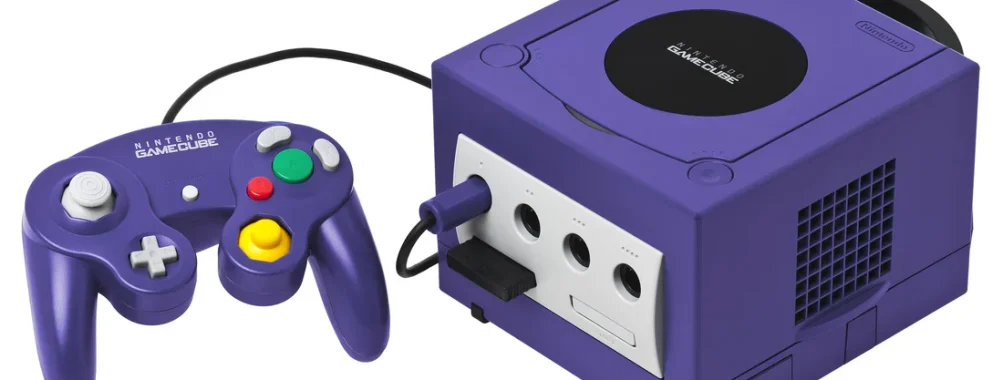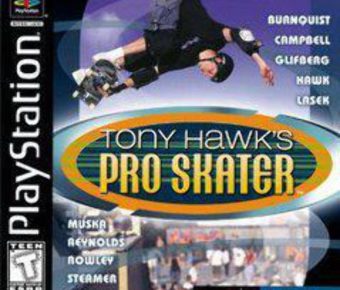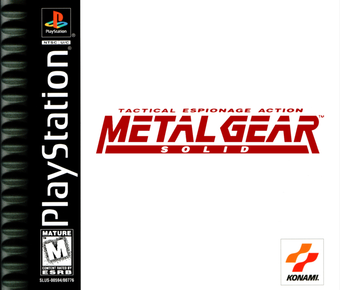
Video Game Consoles of the 90s: The Gamecube
The Nintendo GameCube: A 90s Kid’s Reflection on the Early 2000s Icon
As a 90s kid, I was lucky to grow up during one of the most exciting eras in gaming history. From the rise of home consoles to the arcade hits that defined our childhood, it was an incredible time to be a gamer. While I explored countless titles on systems like the Super Nintendo and PlayStation, there’s one console that I never got into: the Nintendo GameCube.
It wasn’t that I had anything against the GameCube—it just didn’t grab my attention back then. Now, looking back, I find myself wondering why I missed out on a console that, despite its challenges, left a lasting impression on gaming history.
The Marketing Dilemma
One of the reasons the GameCube struggled to compete with its rivals was its marketing approach. Nintendo primarily positioned the console as family-friendly and geared toward a younger audience. While that strategy worked for some, it may have alienated older gamers who were transitioning to consoles like the PlayStation 2 or Xbox, which had a more mature appeal.
Adding to its challenges, the GameCube lacked strong third-party support. Compared to its competitors, it didn’t offer as many blockbuster games from major developers, which made its game library feel limited to some.
The Games I Missed Out On
Despite its hurdles, the GameCube boasted a lineup of incredible games that I regret missing out on. Classics like Super Smash Bros. Melee redefined competitive fighting games, while The Legend of Zelda: The Wind Waker delivered a visually stunning and emotionally rich adventure. And who could forget Metroid Prime, a game that masterfully brought Samus into the world of first-person action?
Looking at these titles now, it’s clear that the GameCube offered experiences that were just as impactful as anything its competitors brought to the table. I often wonder how my gaming tastes might have evolved had I given these games a chance.
A Unique Design
One thing that stands out about the GameCube, even to this day, is its distinctive design. Its compact, cube-shaped body and quirky handle on the back gave it a charm that no other console could match. It was almost like Nintendo was saying, “Take this with you—it’s meant to be shared!”
And then there was the controller. At first glance, its design seemed a bit odd, but once you picked it up, everything just made sense. The layout was intuitive, the buttons were easy to reach, and the analog stick was remarkably smooth and responsive. It might not have looked as sleek as its competitors’ controllers, but it was undeniably functional and comfortable.
My Thoughts Today
While I didn’t spend my childhood with the GameCube, I’ve come to appreciate what it brought to the table. It may not have been the runaway success that Nintendo hoped for, but it carved out a loyal fan base and left behind a legacy of innovative design and unforgettable games.
For those of us who grew up in the 90s and transitioned into the early 2000s, the GameCube might represent the last era where Nintendo unapologetically embraced its quirky, family-focused identity before stepping into the broader gaming market with the Wii. Whether you loved it, missed it, or rediscovered it later, there’s no denying that the GameCube has a special place in gaming history.
Watch Classic GameCube Commercials
Relive the nostalgia with this collection of GameCube commercials:
What About You?
Were you a GameCube fan growing up? Did you have any favorite games, or were you more of a PlayStation or Xbox kid? Share your thoughts in the comments below—we’d love to hear your memories!


